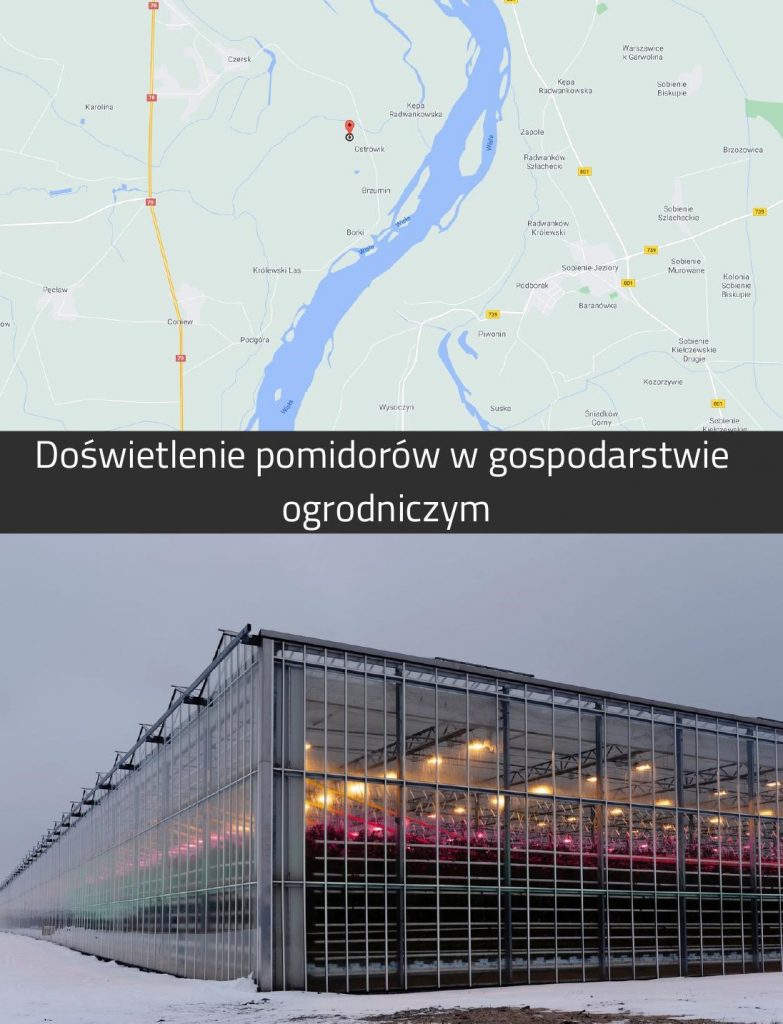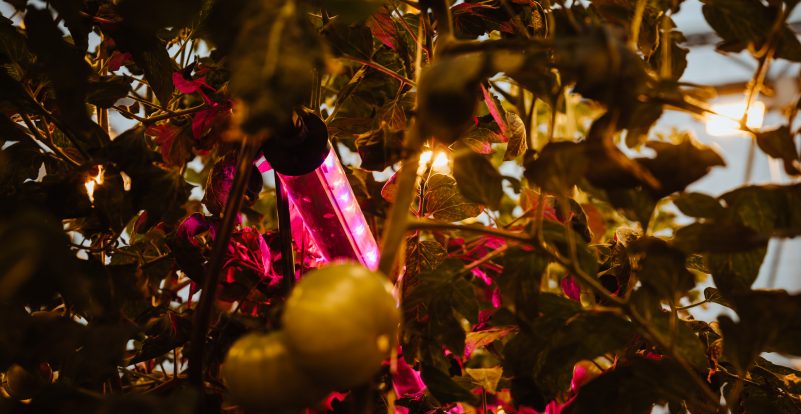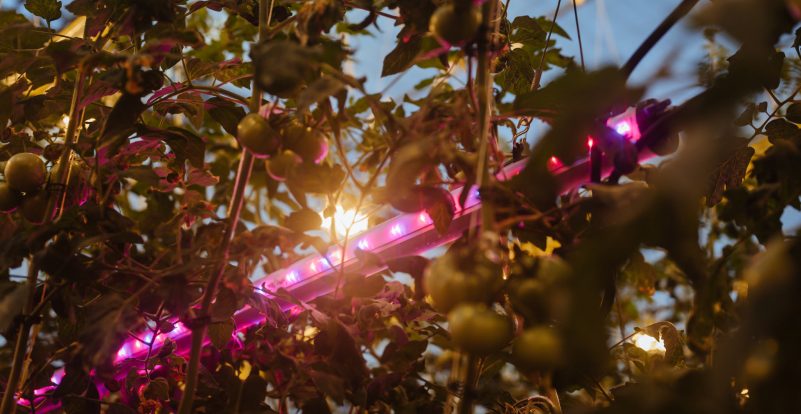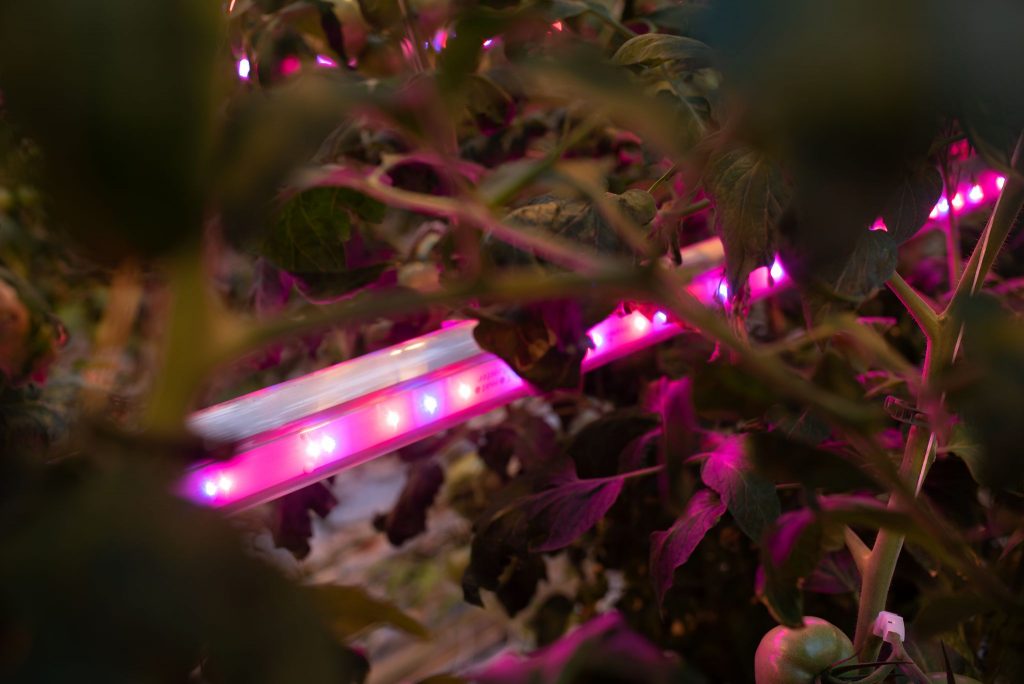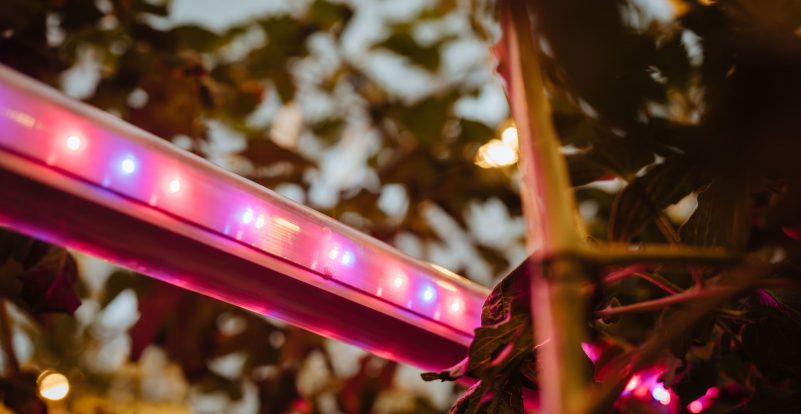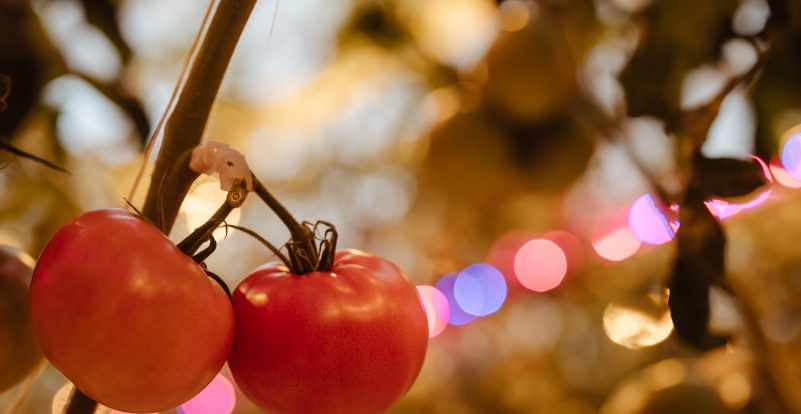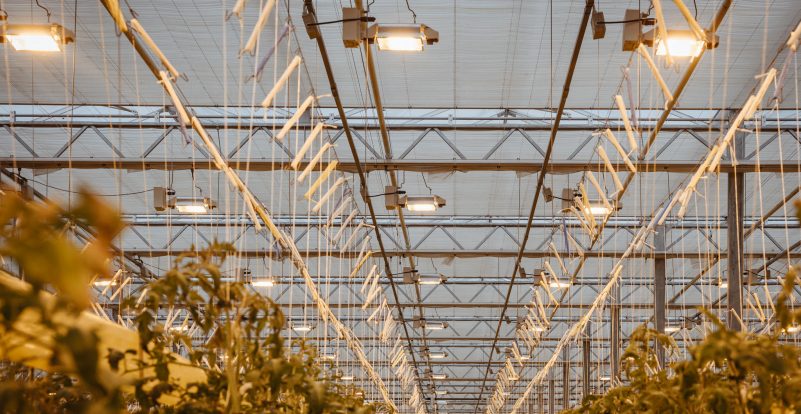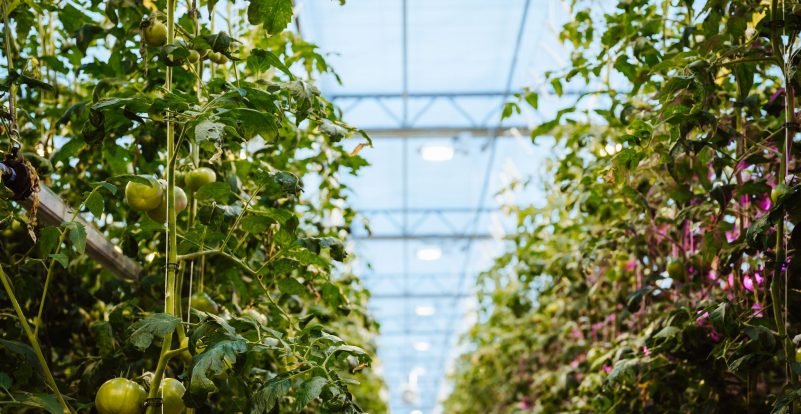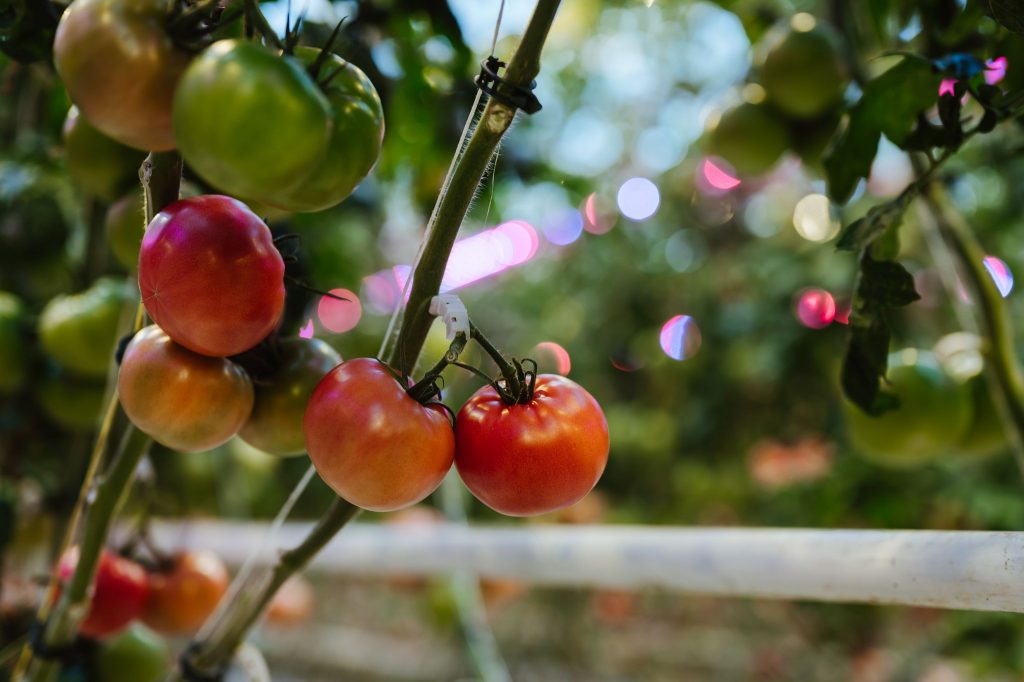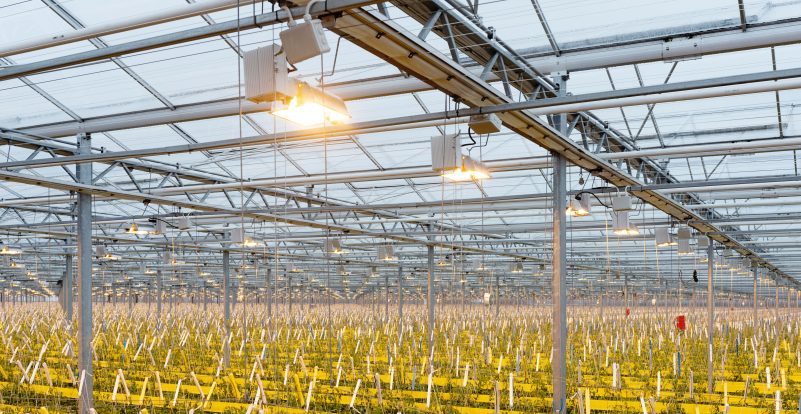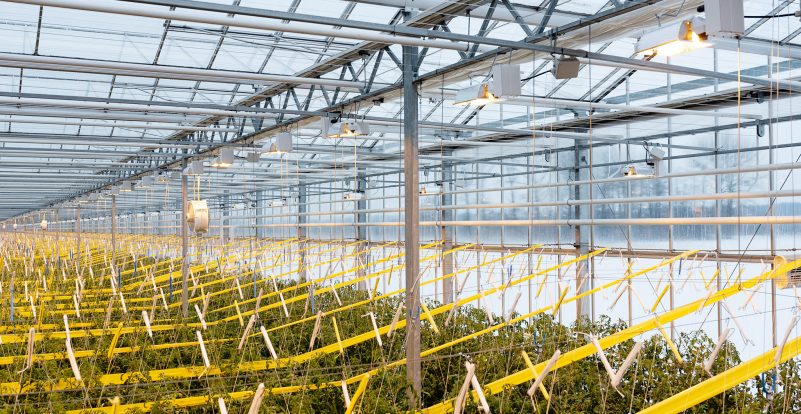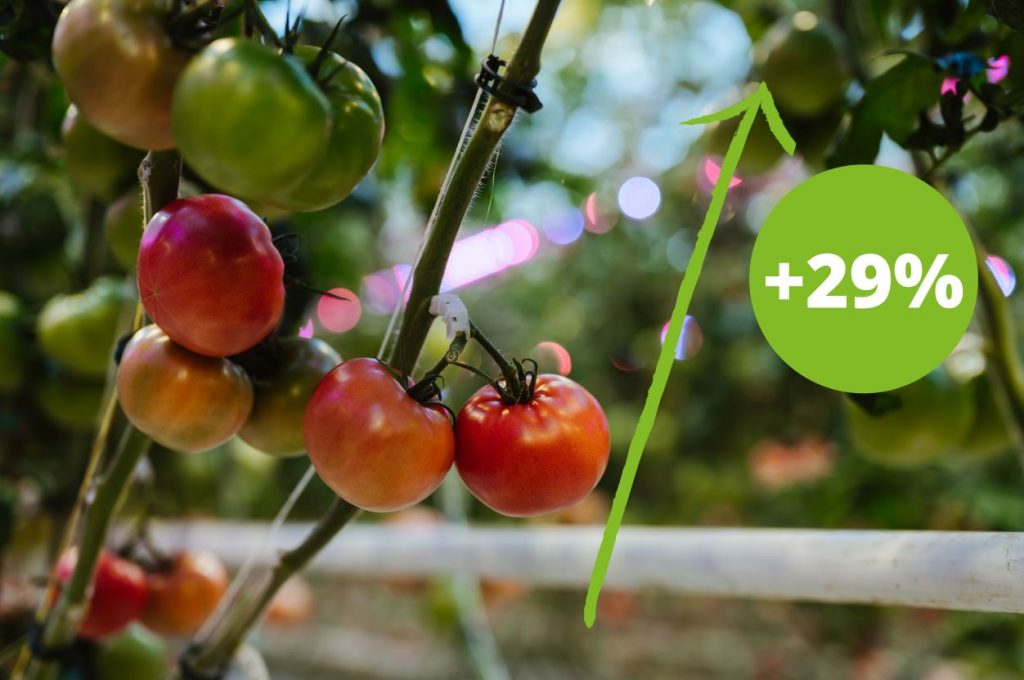Searching for the best solutions
In order to select the most appropriate lamps for this plant species, we decided to conduct our own experiment. We marked out three cultivation aisles, and each of them was illuminated with lamps of different spectrum. Three-month observations selected the best solution.
- we measured the efficiency of individual lamps by measuring the yield
- we chose the light spectrum that had the best effect on the increase in yield
- we checked that the equipment is working properly
- we checked the correctness of the assembly and corrected any imperfections by replacing the handles
A lamp with a length of 5 meters consumes 200 W of power, giving 640 μmol / s, which results in a light intensity of 80 μmol / s / m2, which in combination with HPS customer lamps gives 265 μmol / s / m2, which exceeds the needs of plants.
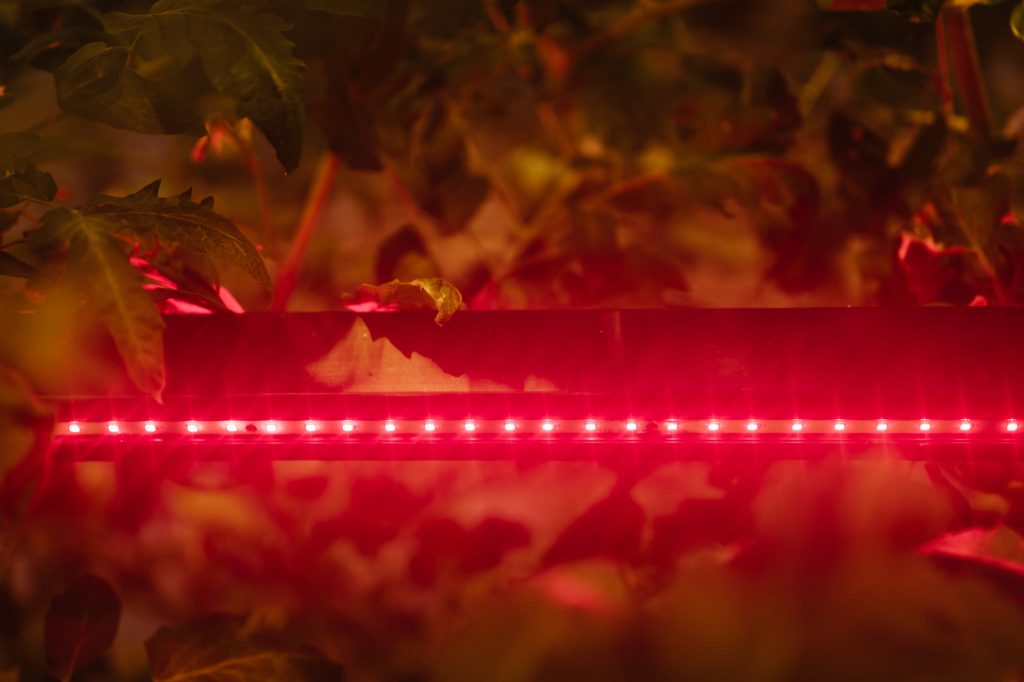
1st generation lamp
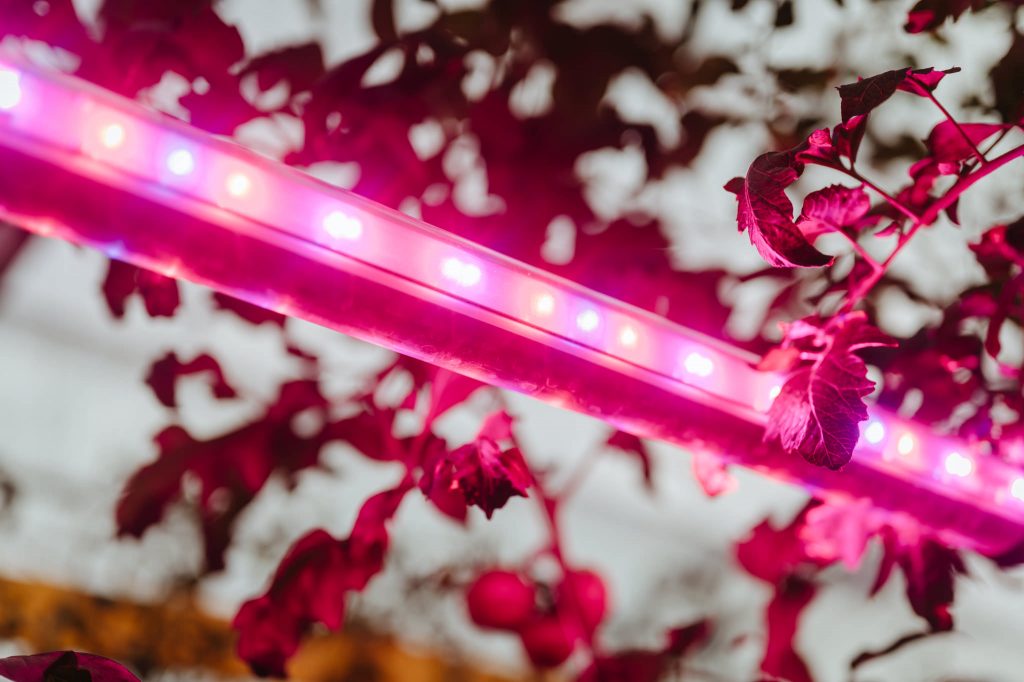 2nd generation lamp
2nd generation lamp
The latest generation of lamps achieves an efficiency of 3.33 μmol / J, which will allow for a higher intensity of μmol / m2. The installation of the third generation LED lamps is planned for July 2021.
After supplementing the greenhouse with LED lamps, the demand for electricity increased by only 25%, which resulted in an increase in yield by about 29%.
![]() Surface
Surface 
